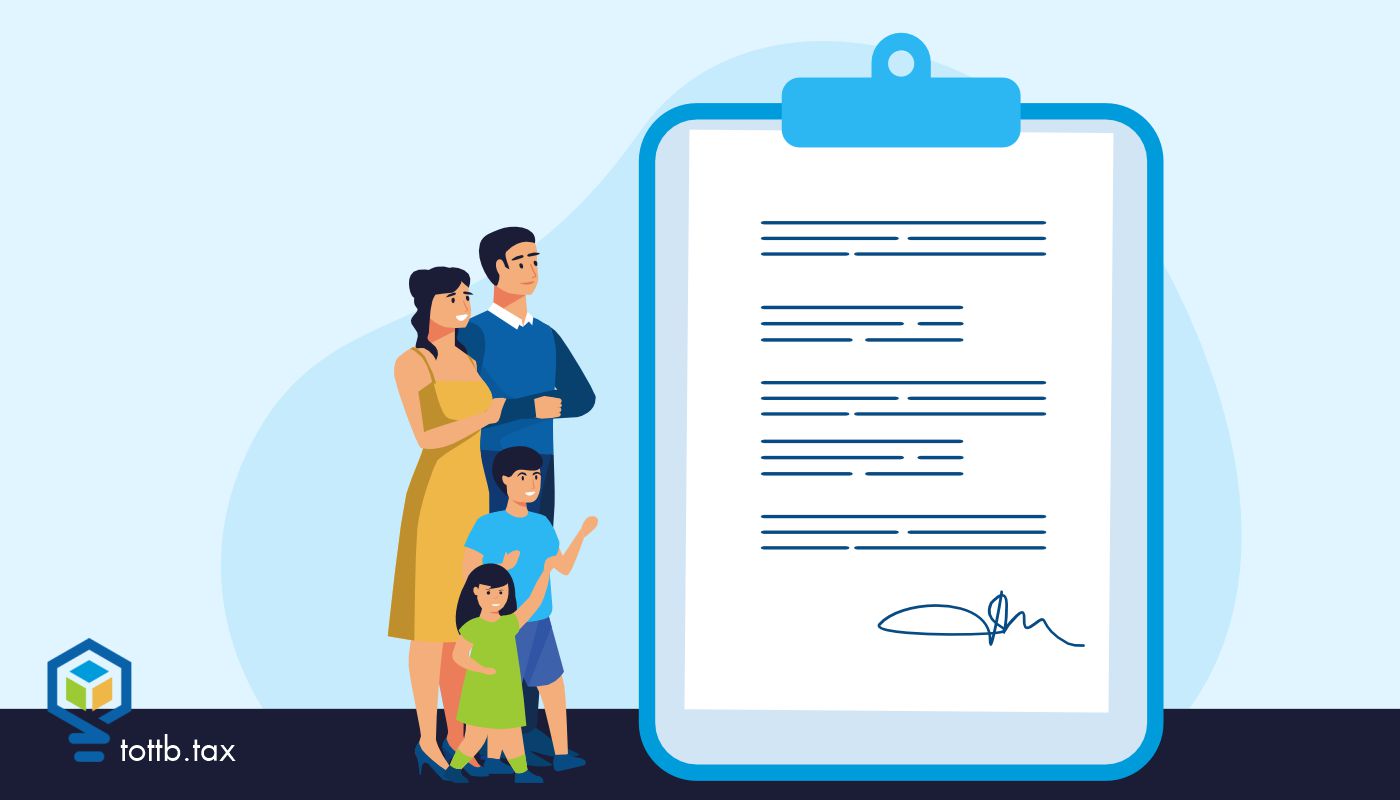Have you ever found an amazing strategy for a new tax prospect that they missed in previous years? Even worse, have you realized that you overlooked a client’s eligibility for a credit when you prepared their tax return? Not only that, but you had them make an unnecessary estimated tax payment. Well, it may not be too late for your client and prospect to take advantage of those credits for the year in question. The fate of your client isn’t sealed after filing their tax return. The IRS gives taxpayers a set amount of time to make a claim for a credit on their return. The IRS calls the date that this time sunsets the Refund Statute Expiration Date.

An Analysis of the OBBBA’s Trump Accounts (Part 2)
In part one of this series, I went over the basics of the new retirement accounts for minors, Trump Accounts, which were created as part of the One Big Beautiful Bill Act (OBBBA). Trump Accounts allow the Government, Charitable Organizations, Parents, and others to contribute to a child’s savings, usually on an after-tax basis. These accounts then transition to a traditional individual retirement account (IRA) when the child turns 18. Although the contribution limits act like non-deductible traditional IRA contributions and have a contribution limit of only $5,000 per year, they do not have the same earned income requirements that traditional IRA contributions have. This means that children are able to accumulate savings even without earned income. This article presents several scenarios to examine how Trump Accounts may play into an overall savings strategy for children.






